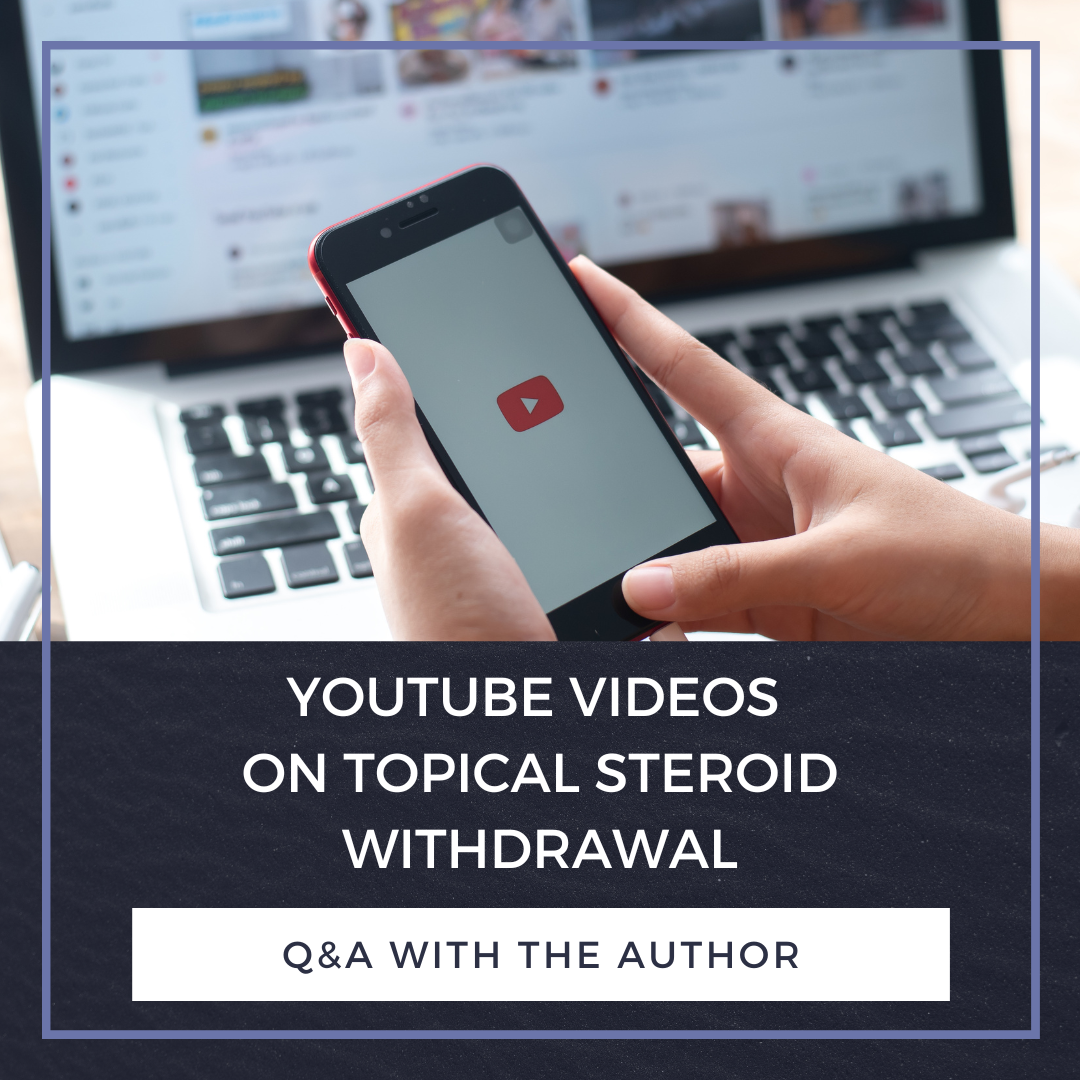The 10 most viewed YouTube videos on topical steroid withdrawal (TSW) overall had low reliability and quality, according to a study published in the November issue of the Journal of Drugs in Dermatology. The authors recommend dermatologists provide alternate, evidence-based resources for their patients, both in clinical practice and online, including YouTube.
To find out more about the quality of available resources on TSW, I interviewed lead author Erika McCormick, a fourth year medical student and researcher with the GW School of Medicine & Health Sciences Department of Dermatology.
What led you to want to address the quality and reliability of YouTube videos on TSW?
YouTube is the most popular video-sharing platform worldwide and is increasingly used by patients as a source of health information. We hoped that gauging the caliber of information patients are currently accessing on YouTube could guide strategies for dermatologists to educate patients on TSW both in the clinic and in the online space.
How did you conduct the study and what were your key findings?
A YouTube search was conducted using the keywords “topical steroid withdrawal” and the top 10 most-viewed videos were analyzed by two independent reviewers using the modified DISCERN tool to measure reliability and the global quality scale (GQS) to evaluate the quality and scientific accuracy of the videos.
Key findings included that the 10 most viewed YouTube videos on TSW had overall low reliability and quality. Of the videos analyzed, patient testimonial videos had the poorest quality and reliability of all video types. Surprisingly, only one of the top 10 videos was created by a dermatologist.
Did the results affirm your hypothesis or surprise you?
We were surprised and disheartened that the most viewed videos had such extensive shortcomings and limited patient utility.
Why do you think there’s so much misinformation about TSW on YouTube?
TSW is a potentially debilitating adverse response to chronic misuse of topical corticosteroids. Given the significant patient morbidity, YouTube and other social media sites are excellent forums for patients experiencing TSW to connect and share stories. However, user-generated YouTube content does not undergo review for information accuracy. This makes it extremely challenging for patients seeking medical information about TSW to distinguish which videos are helpful and educationally valid.
What are some takeaways from this study? What should dermatologists do differently in light of this study?
Social media and YouTube are powerful tools for public education, and dermatologists should continue to find effective ways to provide evidence-based online resources to patients. It is important that information online about TSW is accurate, both to help patients recognize TSW and seek medical care, and to minimize fear of topical corticosteroids that may cause patients to be reluctant to use this common treatment.
In addition, cultivating the patient-dermatologist relationship is especially important in TSW. Dermatologists are essential for counseling patients on appropriate topical corticosteroid usage, and if TSW occurs, to appropriately provide supportive care and guide alternate treatments for the underlying skin condition that was treated with topical steroids.

